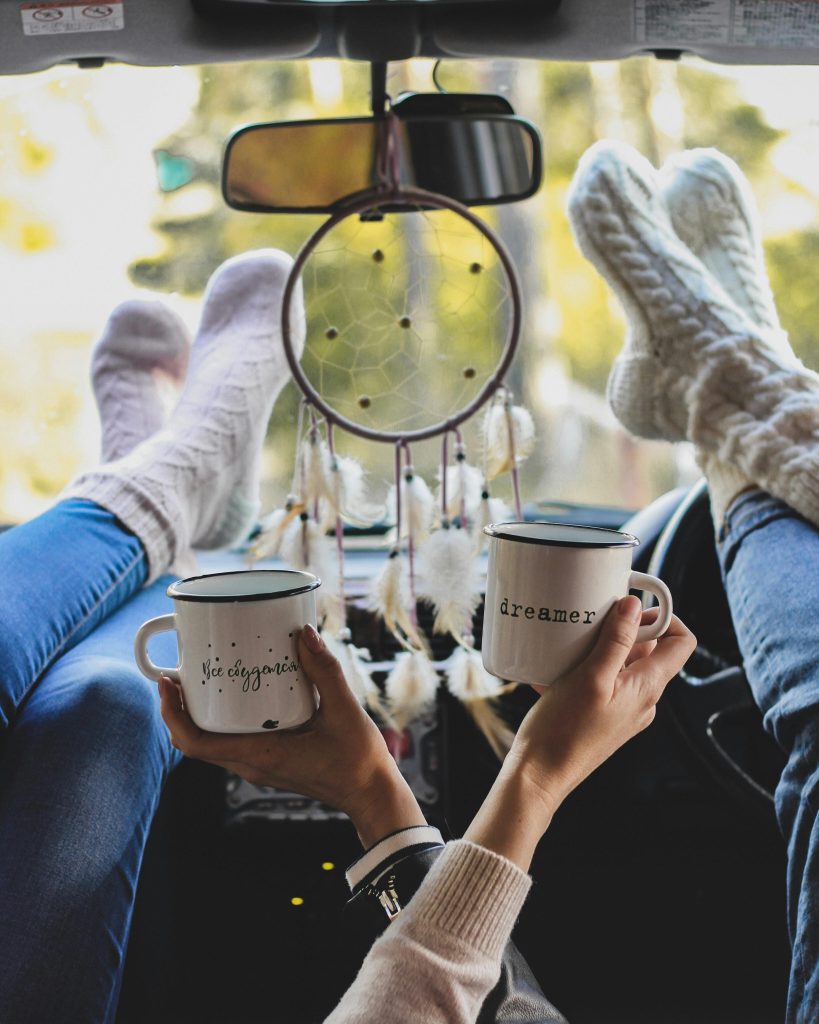
Introduction
Socks are often overlooked in the grand tapestry of fashion, yet they are one of the most intimate pieces of clothing we wear, touching our skin daily. This essay explores the vast array of materials used in sock manufacturing, detailing how each material influences the type of sock produced, the manufacturing process, and the stories that weave through the history of this humble garment.
The Materials of Sock Making
1. Cotton:
- Types of Socks: Everyday casual socks, sports socks, and dress socks.
- Characteristics: Soft, breathable, absorbent, and comfortable. Ideal for those with sensitive skin due to its natural fiber properties.
- Manufacturing Process: Cotton is spun into yarn, dyed, and then knitted into socks. The quality of the cotton can affect the sock’s durability and feel.
Story of Cotton Socks:
In the late 19th century, in the cotton mills of Manchester, England, a young worker named Emily discovered an innovative way to blend different cotton qualities to enhance both comfort and longevity. Her method became the foundation for many modern cotton sock blends, ensuring that socks could be both soft and durable, a legacy that continues to this day.
2. Wool:
- Types of Socks: Winter socks, hiking socks, and thermal socks.
- Characteristics: Warm, insulating, moisture-wicking, and naturally antimicrobial. Merino wool, in particular, is known for its softness and temperature regulation.
- Manufacturing Process: Wool is cleaned, carded, spun into yarn, dyed, and knitted. The process can include blending with other fibers to improve stretch or durability.
The Tale of Wool Socks:
In the rugged Scottish Highlands, a shepherd named Ian was known for his sheep, which produced some of the finest wool in the region. His family’s tradition of knitting wool socks became a legend when one winter, his socks kept the feet of an entire village warm during an unusually harsh snowstorm, illustrating the life-saving properties of well-made wool socks.
3. Synthetic Fibers (Polyester, Nylon, Spandex):
- Types of Socks: Athletic socks, compression socks, and fashion socks with vibrant colors or patterns.
- Characteristics: Durable, quick-drying, stretchable, and often more cost-effective. They provide support, moisture management, and can be engineered for specific functions like compression.
- Manufacturing Process: These fibers are created through chemical processes, extruded into filaments, then spun into yarn. They’re often blended with natural fibers to harness the benefits of both.
The Rise of Synthetic Socks:
During the space race in the 1960s, scientists at NASA developed synthetic materials for astronaut gear. These innovations trickled down to consumer products, including socks. A small company in the U.S. pioneered the use of these materials for athletic socks, transforming the market by offering socks that could keep feet dry and supported during intense physical activities.
4. Bamboo:
- Types of Socks: Eco-friendly socks, comfort socks, and those for people with allergies.
- Characteristics: Extremely soft, more absorbent than cotton, naturally antimicrobial, and eco-friendly as bamboo grows rapidly with minimal water.
- Manufacturing Process: Bamboo is mechanically or chemically broken down into pulp, turned into viscose (a type of rayon), spun into yarn, and knitted.
Bamboo’s Journey to Your Feet:
In a small village in China, where bamboo is abundant, a community decided to use this fast-growing plant not just for construction or food but for textiles. A local artisan, Mei, perfected the process of turning bamboo into sock yarn, which not only boosted the local economy but also brought soft, sustainable socks to the global market.
5. Silk:
- Types of Socks: Luxury socks, formal wear socks, and those for special occasions.
- Characteristics: Luxuriously soft, smooth, breathable, and with a natural sheen.
- Manufacturing Process: Silk threads are reeled from cocoons, spun into yarn, dyed, and carefully knitted to maintain the silk’s integrity.
Silk Socks and the Aristocracy:
In 18th-century France, silk socks were a symbol of wealth and status. Marie, a skilled weaver in Lyon, was renowned for her silk socks, which were so fine that they were said to be favored by the royal court. Her techniques, passed down through generations, are still celebrated for blending luxury with comfort.
The Sock Manufacturing Process
- Yarn Production: Depending on the material, raw fibers are cleaned, carded, and spun into yarn. Blending different fibers at this stage can alter the final sock’s properties.
- Dyeing: Yarn can be dyed before or after knitting, affecting color penetration and vibrancy. Natural dyes or synthetic ones are chosen based on the desired outcome.
- Knitting: Socks are knitted on specialized machines or by hand. Circular knitting is common for seamless socks, while flat knitting might be used for more complex patterns or designs.
- Finishing: This includes treatments like washing to remove any residual oils or chemicals, setting the shape, and sometimes adding treatments for odor control or moisture management.
- Quality Control: Each pair is checked for defects, ensuring durability, comfort, and aesthetic appeal.
Conclusion
From the fields where cotton grows, to the highlands where wool is sheared, from the labs creating synthetic wonders to the innovative use of bamboo and the luxury of silk, the world of sock manufacturing is rich with stories, science, and art. Each material brings its unique benefits, creating socks tailored for every occasion, climate, and individual preference. Whether for comfort, performance, or style, the socks we wear are a testament to human ingenuity, connecting us through history with tales of warmth, innovation, and care. In the end, socks are not just about covering our feet; they’re about touching our lives in small, yet significant ways.

